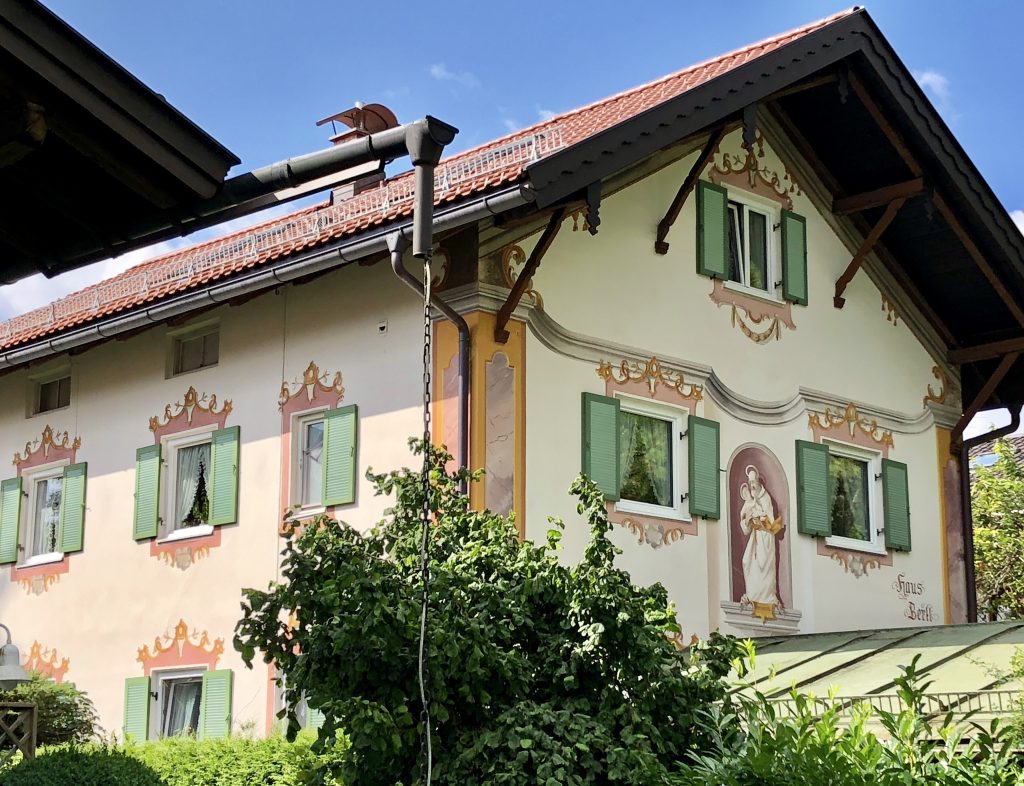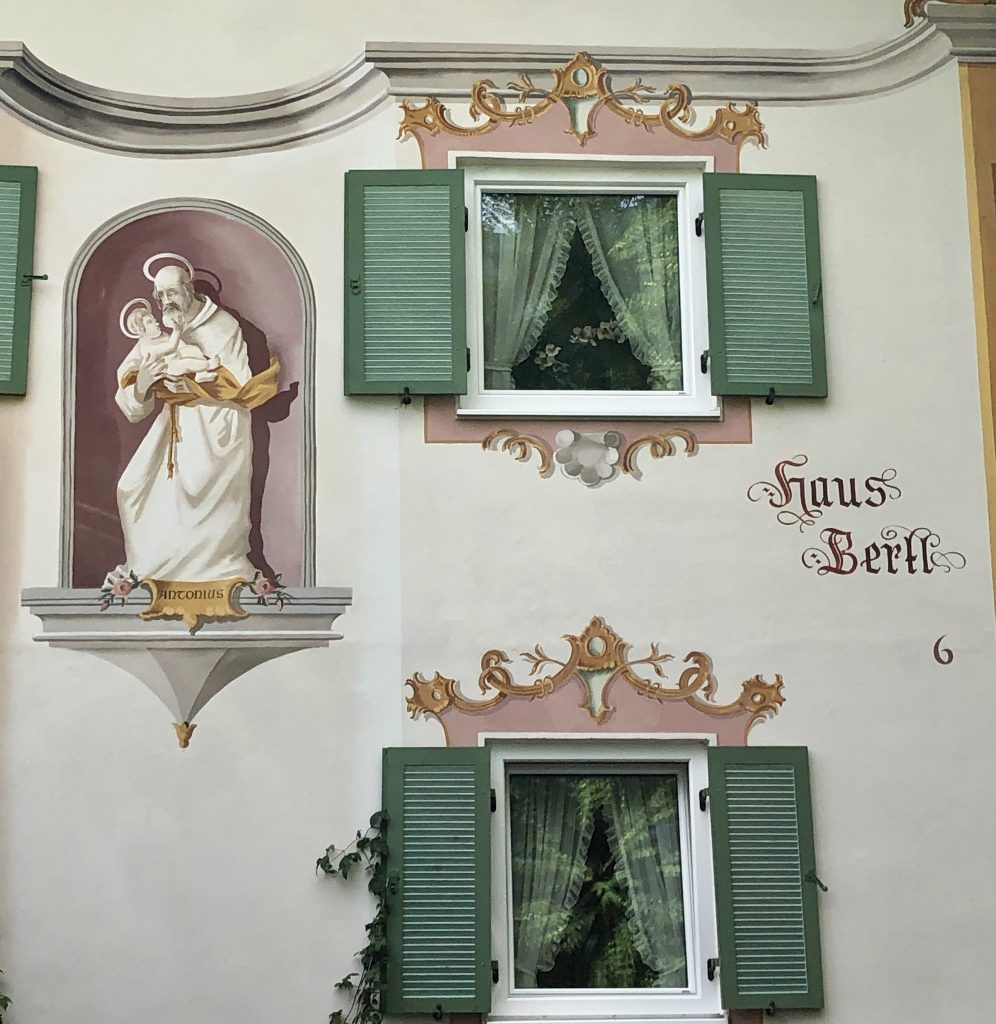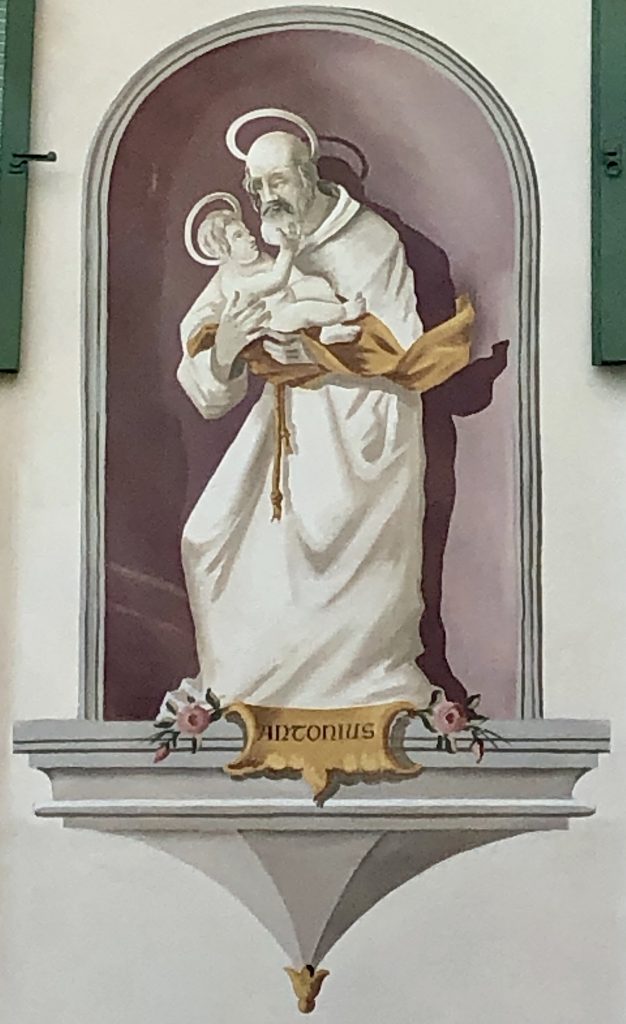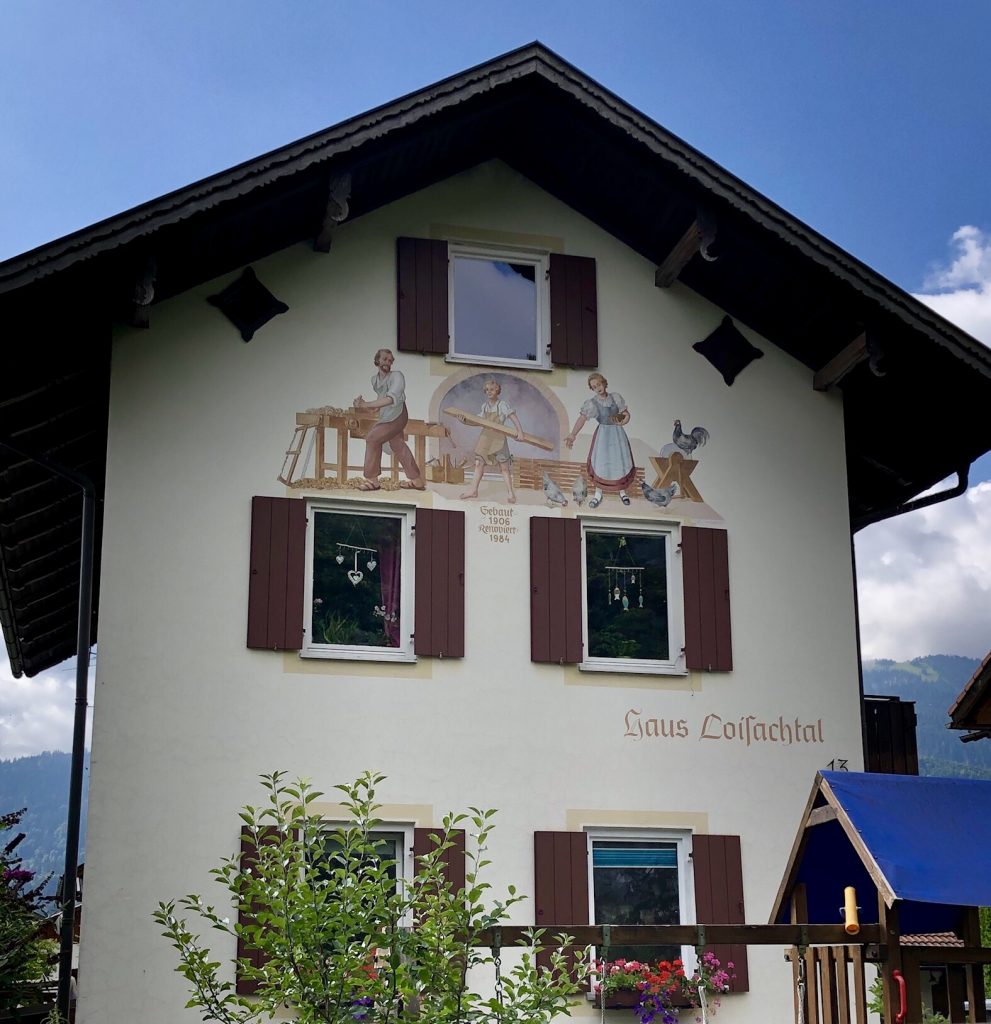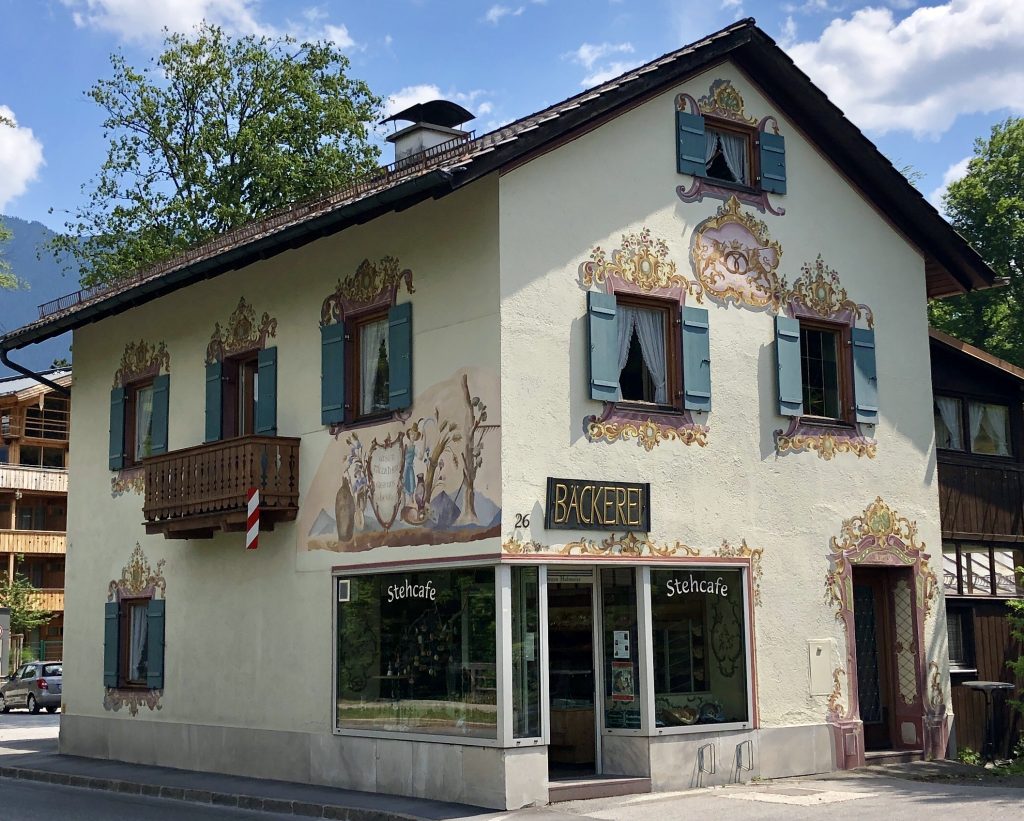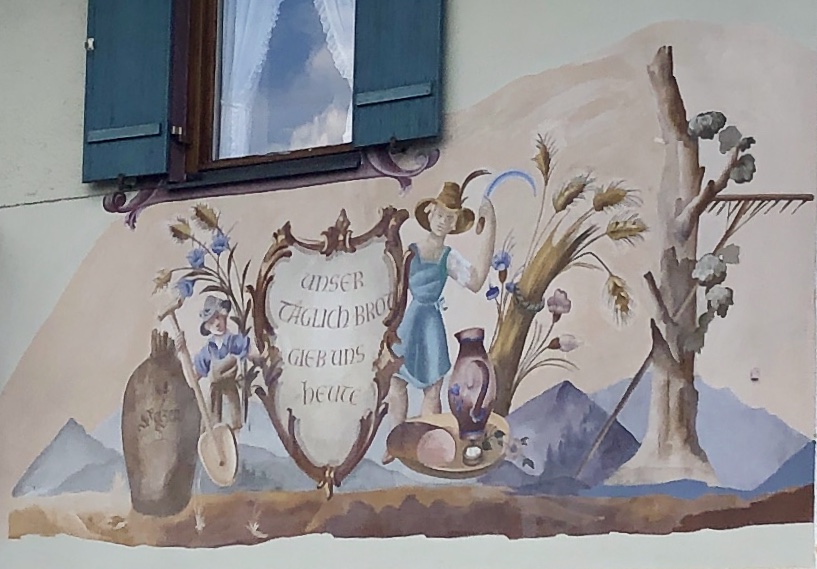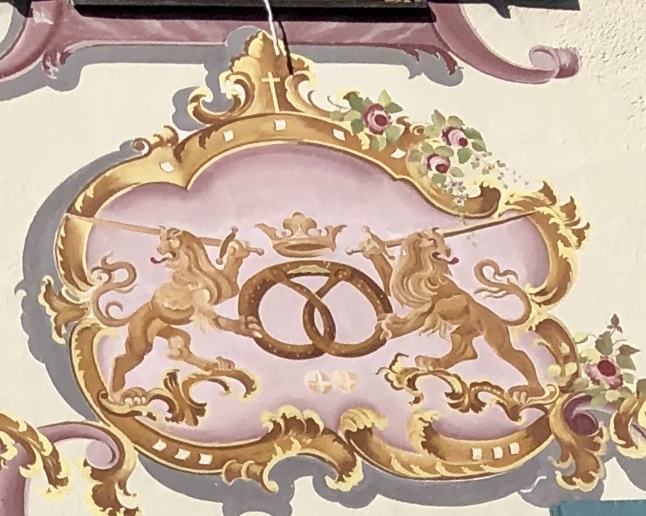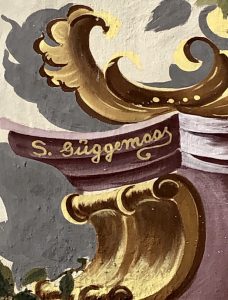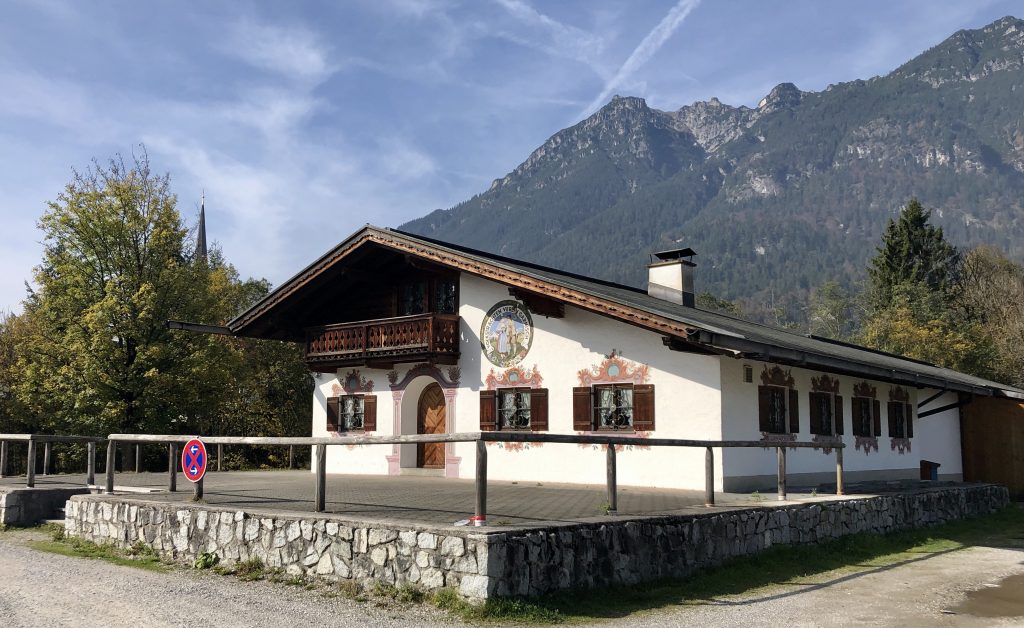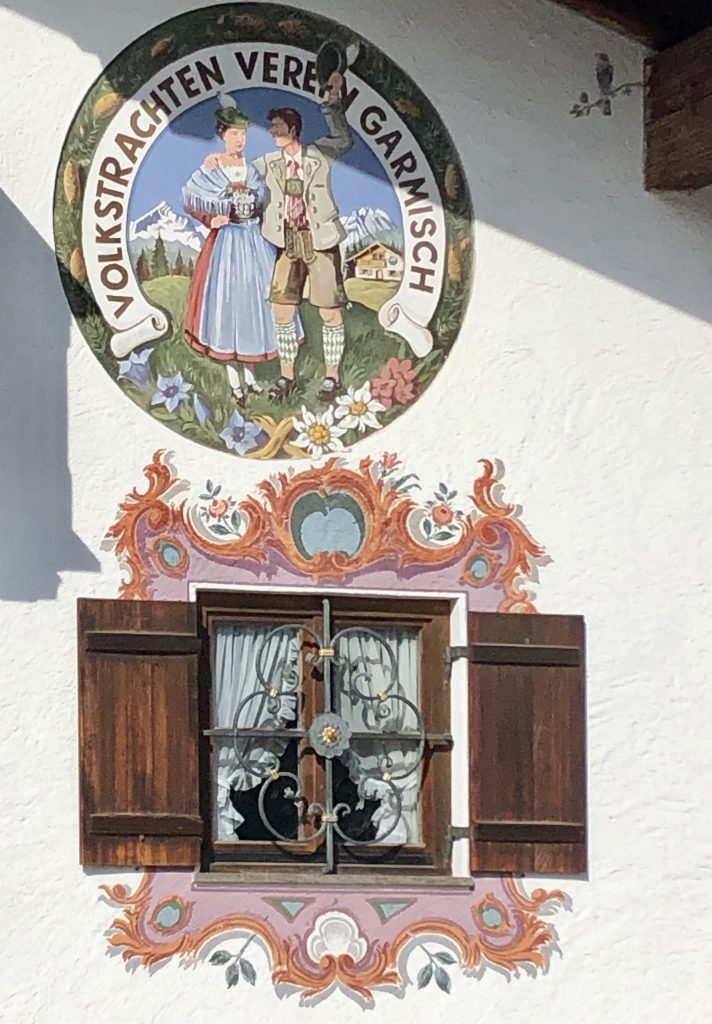The oldest known coat of arms for German bakers dates back to 1111 AD, with pretzels already appearing as the symbol of their occupation.
Their name, “Bretzel” in German, derives from the Latin word “brachiatellium” — translated as “little arms” — because the pretzel symbolizes arms folded to pray. This was the bread Christ supposedly offered to his followers at the Last Supper. The twists create three holes which came to represent the Christian Trinity –- the Father, Son and Holy Spirit. Thus, the pretzel took on religious connotations for good luck and prosperity.
No wonder, then, that the pretzel has been the symbol for bakers in Germany for a thousand years.
Legend has it, that in 1323, Emperor Ludwig of Bavaria awarded bakers an official coat of arms for their participation in the Battle of Mühldorf. At the center of their banner, the image of a pretzel.
In 1348, the pretzel on the crest was overlaid with the Bohemian royal crown above it.
For their services during the first Turkish siege of Vienna in 1529, two lions on either side were added.
As the story goes, during the siege, the Ottoman Turks dug a tunnel under the city wall at night. The bakers — who were awake and busy baking when the wall was breeched — are said to have heard the sound of digging first, and, when the Turks broke through, they fought “like lions.” For saving the city, they were awarded the two lions on their guild’s coat of arms.
In 1690, in recognition of their services during the second Turkish siege, Emperor Leopold gave the bakers’ guild permission to arm the lions with swords.
